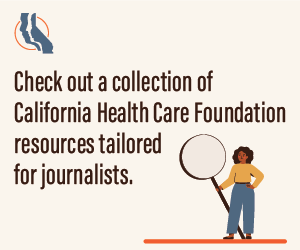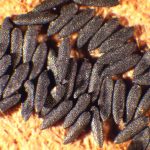CBS’s Sharyl Attkisson reviewed state and federal data (collected through FOIA and other open records requests) and found that H1N1 may not be as prevalent as the Centers for Disease Control and Prevention have estimated. The story turns on a July 24 memo announcing to states that the CDC would no longer count H1N1 cases and statistics from state tests taken before the memo that show that even tests of the most likely patients usually came back negative for H1N1.
The high level of misdiagnosis of “probable” or “presumed” H1N1 could result inaccurate reports of outbreaks as well as in people assuming they’ve survived H1N1 and are now immune when they’ve actually suffered something that may or may not even be influenza.
Related: The CDC talked a bit about reporting and data in its Oct. 20 news briefing. Read the rough transcript of that briefing, provided by the CDC. And, The Associated Press’ Mike Stobbe, an AHCJ board member, offers more explanation about the surveillance of H1N1.
Attkisson’s report:





